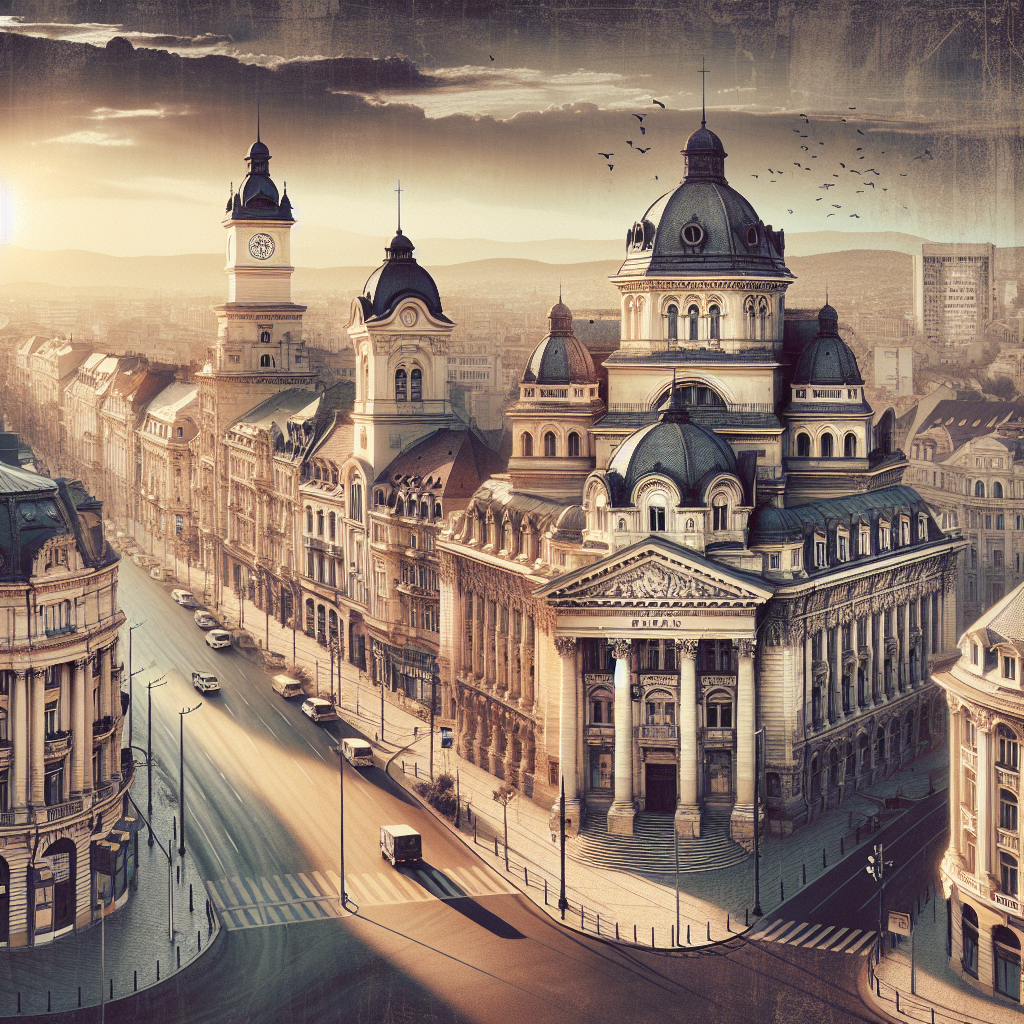Who Could Resist a Bit of Dangerous?
Picture this: It's 1992, the global sensation Michael Jackson is on fire with his worldwide Dangerous Tour, and the enchanting city of Bucharest becomes an electrifying epicenter of music magic! The live concert, titled "Live in Bucharest: The Dangerous Tour," allowed thousands to witness the intricate dance moves, hear those iconic beats, and feel the undeniable energy that only the King of Pop could deliver. The event took place at the National Stadium in Bucharest, Romania, on October 1, 1992—a date now etched in musical history. Why is this specific concert such a pivotal moment in pop culture? Let's unwind the layers, like one exciting page turn after another.
The Build-Up: A Stage for History
Romania, then an Eastern European nation transitioning through political and social change, suddenly found itself on the big stage. For many Romanians, Jackson's concert represented more than music—it was a glimpse into a world where artistry knew no bounds and where global unity could be forged through sax riffs and shimmering sequined gloves. The anticipation was almost palpable. Thousands queued, hearts pounding, waiting to see their idol perform live. Bucharest had never experienced anything quite like it.
Setting the Scene with Science
By breaking it down, consider the logistics surreal in scale. Over 70,000 people gathered—think of it as having the entire population of a small town buzzing under one roof! Not only did this require intricate planning from an engineering standpoint—sound systems that ensured the notes of "Billie Jean" reverberated crystal clear to every farthest corner—but also from a psychological perspective. Crowd dynamics speak to a fascinating aspect of human behavior: individuals initiating collective excitement, fluttering at a synchronized beat.
The Emblematic Performance
That night, as the stadium lights dimmed, an extraordinary spectacle unfolded. Jackson, in true form, delivered a performance heavily punctuated by innovation and emotion. Commencing with his usual flair, he catapulted into hits like "Jam," "Wanna Be Startin' Somethin'," and, of course, "Thriller." Each song was woven intricately, displaying masterful choreography, cutting-edge effects, and striking stage visuals.
From a technical viewpoint, the complexity of the show was nothing short of astronomical. Even skeptical minds could not ignore the precision in synchronization between lights, music, and movement. Think about it—each pulse of light matched every beat, creating a sensory experience that activated neurons responsible for moments of awe and wonder. A marvel of coordination art!
Why Bucharest?
Michael Jackson was not only a musician but an ambassador of hope. Bucharest was chosen as a foundational stone due to its history and evolving cultural landscape. The concert was a beacon of change, symbolizing newfound freedoms and celebrating a spirit of rejuvenation. Forget borders: through music, Bucharest was placed on the world map, where notes traveled beyond geography, sparking joy internationally.
The Societal Impact
Now, let's dive into the ripple effect! The concert did more than entertain; it inspired. For many Romanians, this was their first ‘front-row' experience to global pop culture, a passionate brush with modern western entertainment. It elevated aspirations, motivated a generation to explore arts beyond political rhetoric, and fostered a substantial shift in how communities embraced musical diversity.
The Afterglow and Legacy
Even decades later, "Live in Bucharest: The Dangerous Tour" resonates in the annals of music lore. Historians reference it as a pivotal archetype of how a single event can transcend artistic boundaries. It serves as a reminder of an era when music was a conduit for change and a catalyst for live performance grandeur at its finest—simple yet profound.
So Why Celebrate This Moment Again?
Because moments like these exemplify what makes humanity remarkable—the ability to converge, groove in harmony, and revel in shared emotions. They teach us about resilience, about creativity wherein structured chaos becomes symphonic brilliance. Reading this, you're surely inspired to engage, learn, and perhaps, even hum a few notes of "Dangerous."
This captivating event in Bucharest wasn’t just a concert. It was a chapter of human transformation embraced with an optimistic future. Yes, the magic of music lives on, and its roots can often trace back to moments like these, where science, art, and humanity coalesce spectacularly.

